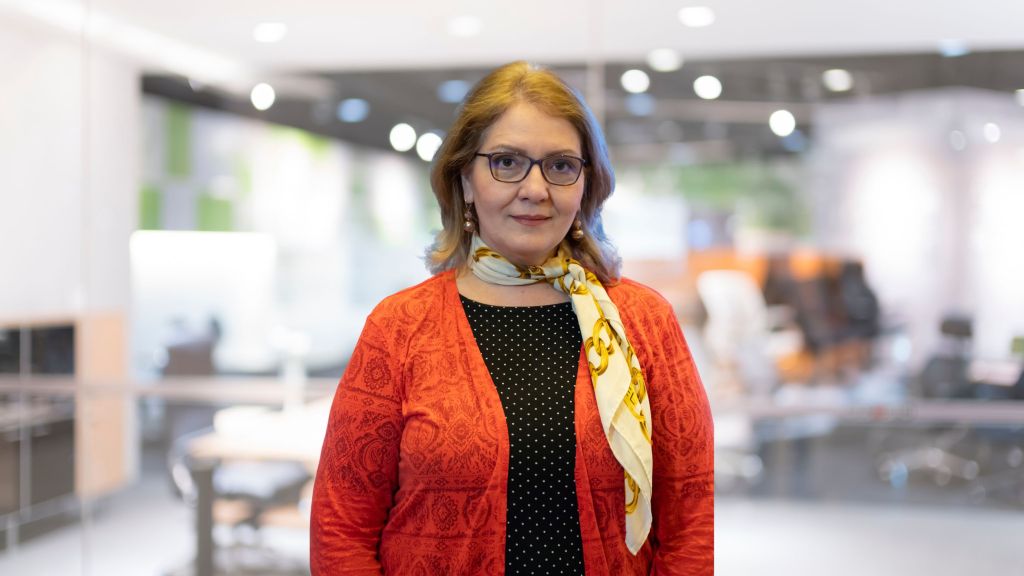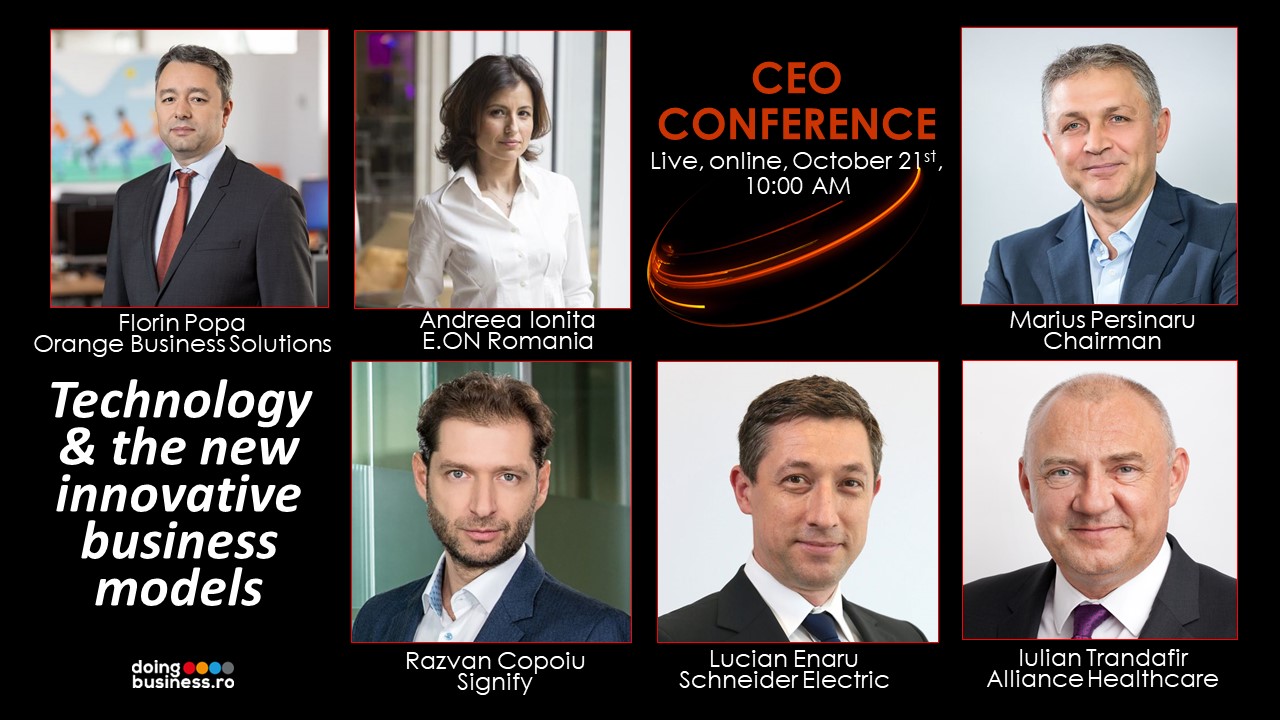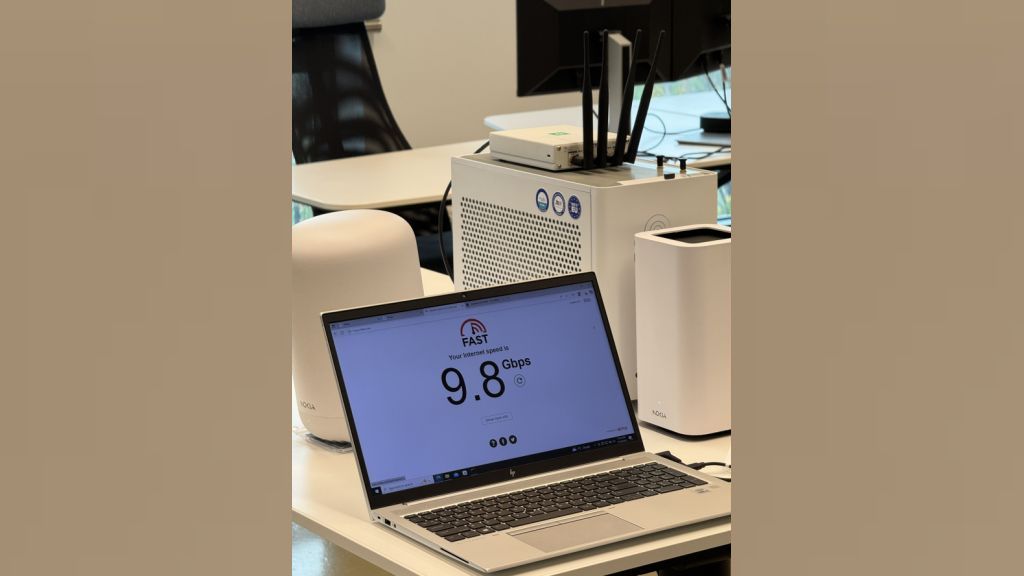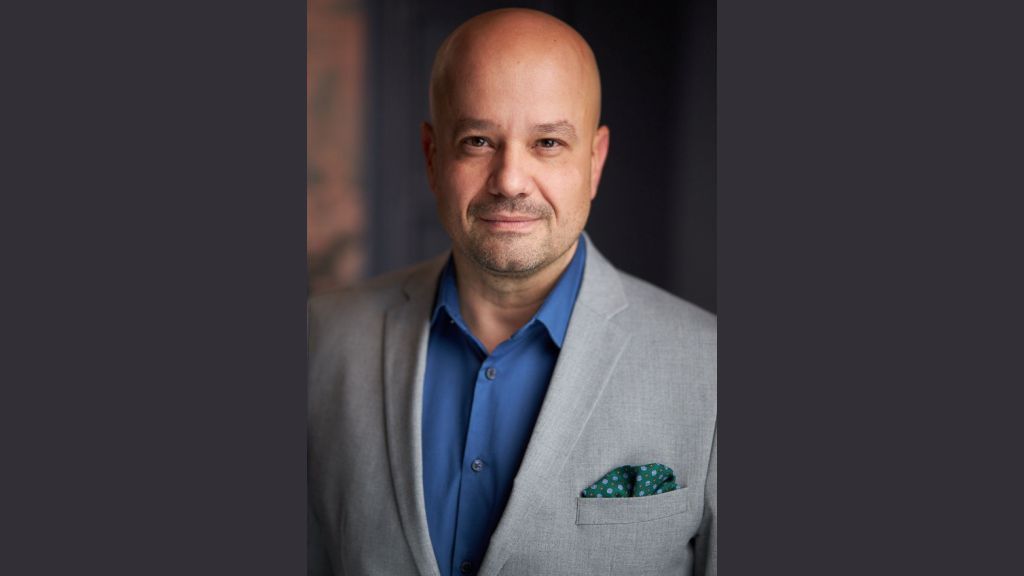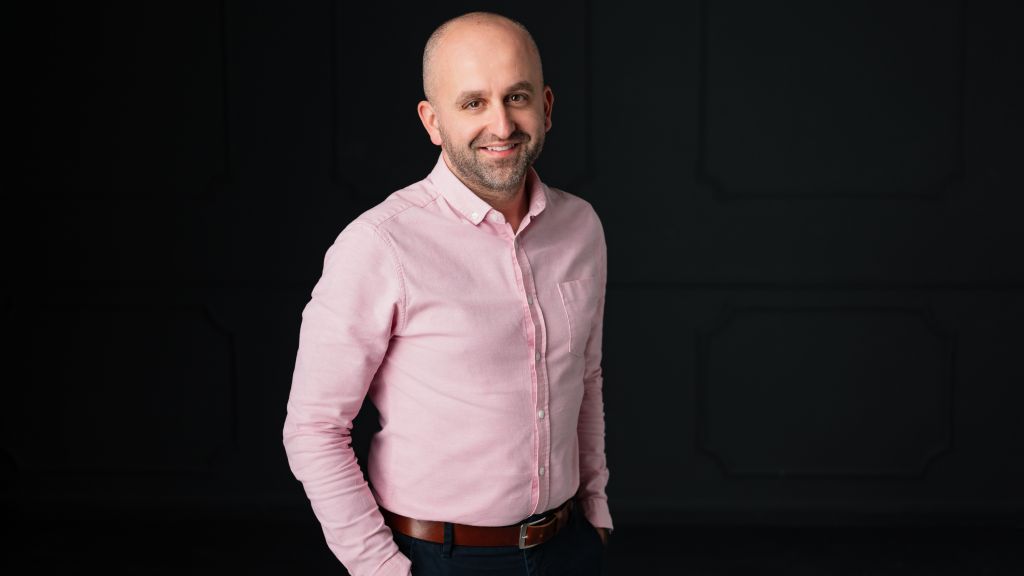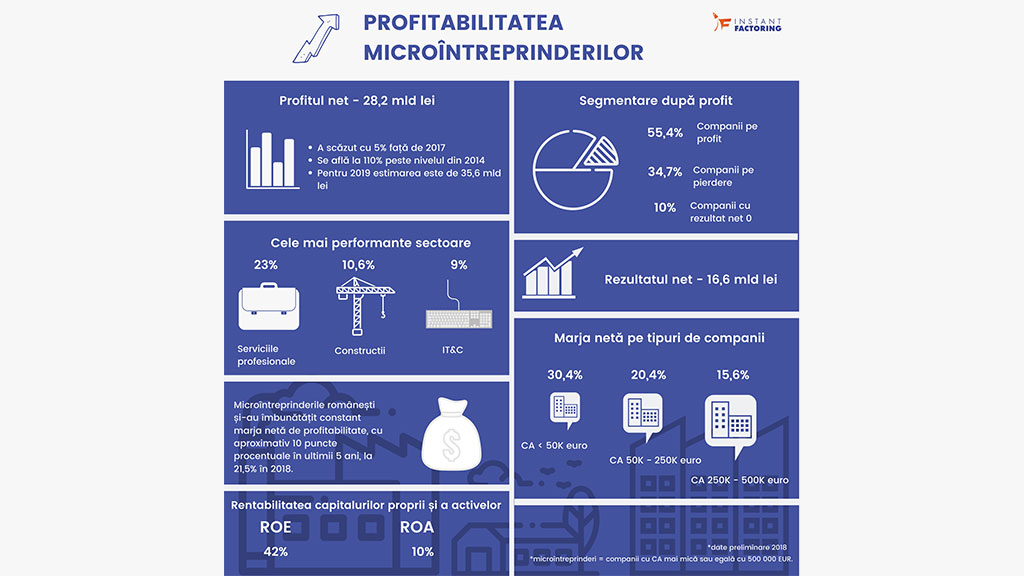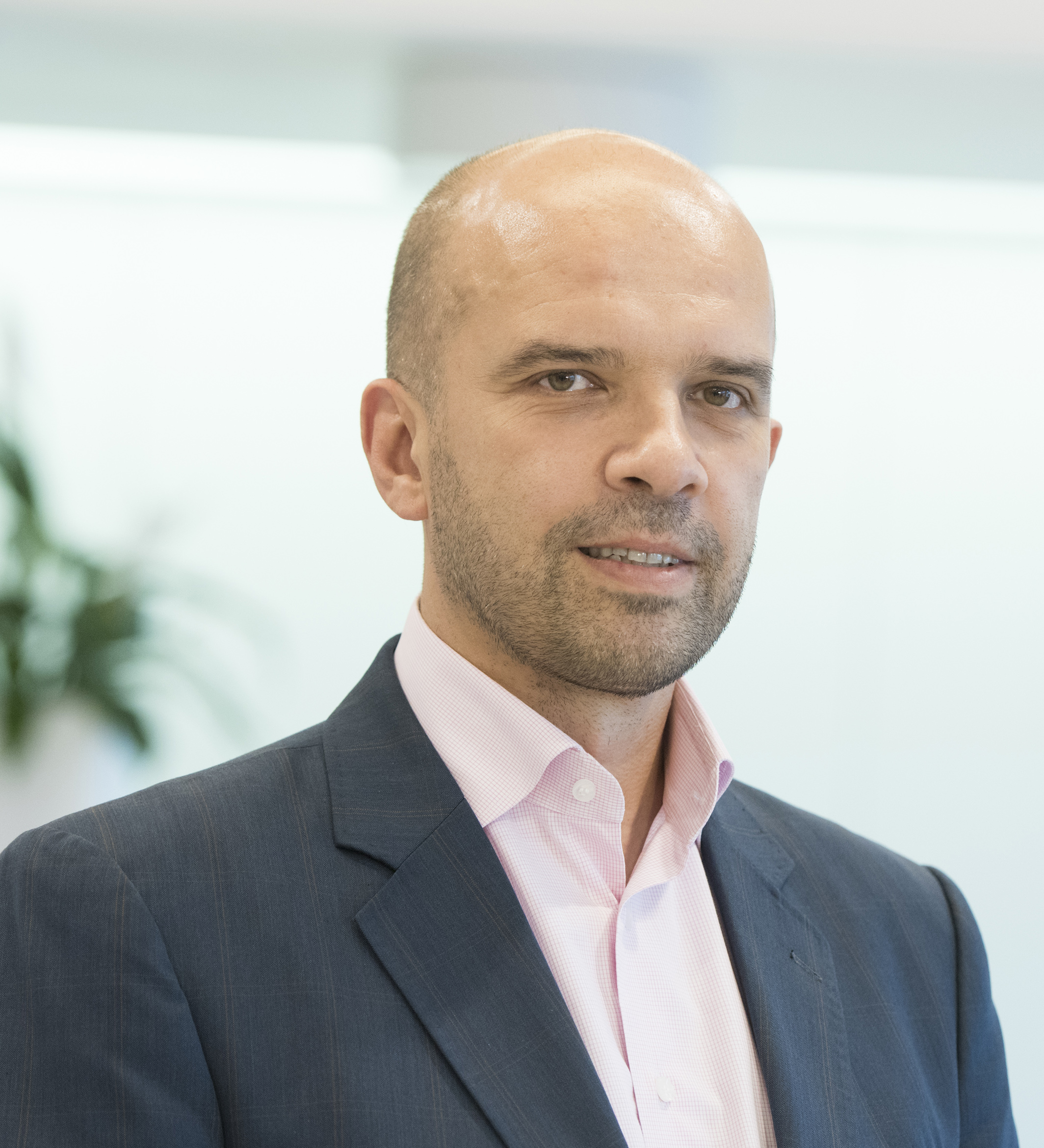Europe's energy systems are profoundly changing, with renewable energy sources capturing ever larger shares of power generation and energy systems increasingly decentralizing. In this context, innovative technologies for cogeneration of electricity and heat are important enablers. Stationary fuel cells can take Europe's energy transition one step further, converting both fossil and alternative fuels to electricity and heat at high efficiencies – up to 60% electrical efficiency and more than 90% combined electrical and thermal efficiency.
In the recently published study, "Advancing Europe's energy system: stationary fuel cells in distributed generation", the consultancy Roland Berger Strategy Consultants and the Fuel Cells and Hydrogen Joint Undertaking, a public private partnership between the European Commission, the fuel cells and hydrogen industry as well as research bodies and associations, explore the commercialization prospects of the technology. Jointly authored by 35 industry stakeholders, both private and public, the study presents the most far-reaching and comprehensive analysis of stationary fuel cells in Europe to date.
Such pilot projects are developed also in Romania (for example, the project carried out by Chimcomplex and focused on capitalizing on hydrogen released through the production process). "In the near term, fuel cell micro-CHP systems and selected industrial solutions will probably see the greatest commercialization progress," states Codrut Pascu. "In these segments, Japan, South Korea and the U.S. have an advantage since they have already launched commercial products on the market for a few years now. The European industry needs to close the gap."
Positive environmental impact – yet still at high costs
Stationary fuel cells offer multiple advantages: they can substantially reduce local emissions and primary energy consumption. For example, in a partially renovated single-family house in Germany and under the current power mix, a fuel cell micro-CHP causes around 30% less CO2 emissions per year when compared to a state-of-the-art gas condensing boiler and usage of grid power supply. Pollutant emissions like NOx or SOx are almost totally eliminated.
Similar benefits could be achieved in Romania. Given the high efficiency of stationary fuel cells, annual energy expenses are lower in comparison with existing technologies. For example, a typical 4-person family living in a partially renovated house in Germany can cut its total annual nenergy bill by up to 40% by choosing a fuel cell micro-CHP instead of a condensing boiler.
Roads to commercialization
To successfully commercialize stationary fuel cells in Europe, the industry players should improve the economic competitiveness of systems. "Further R&D efforts and volume uptake will help sustain technical performance and decrease costs," Pascu emphasizes. "It is important to successfully complete the ongoing large-scale field tests and demonstration projects."
Moreover, it is very important for the industry to pioneer innovative financing models and team up with energy companies, wholesalers and installers to successfully reach the final customers. Ultimately, successful commercialization of stationary fuel cells also depends on support from European public authorities. The study evaluates different options for initial financial support.
"Stationary fuel cells are at a turning point in Europe; they have a real shot at commercialization," summarizes Bert de Colvenaer, Executive Director of the Fuel Cells and Hydrogen Joint Undertaking. "Now the industry players needs to deliver on its technological and economic promises – with initial public support."
You can download the study at: www.rolandberger.com/pressreleases.






